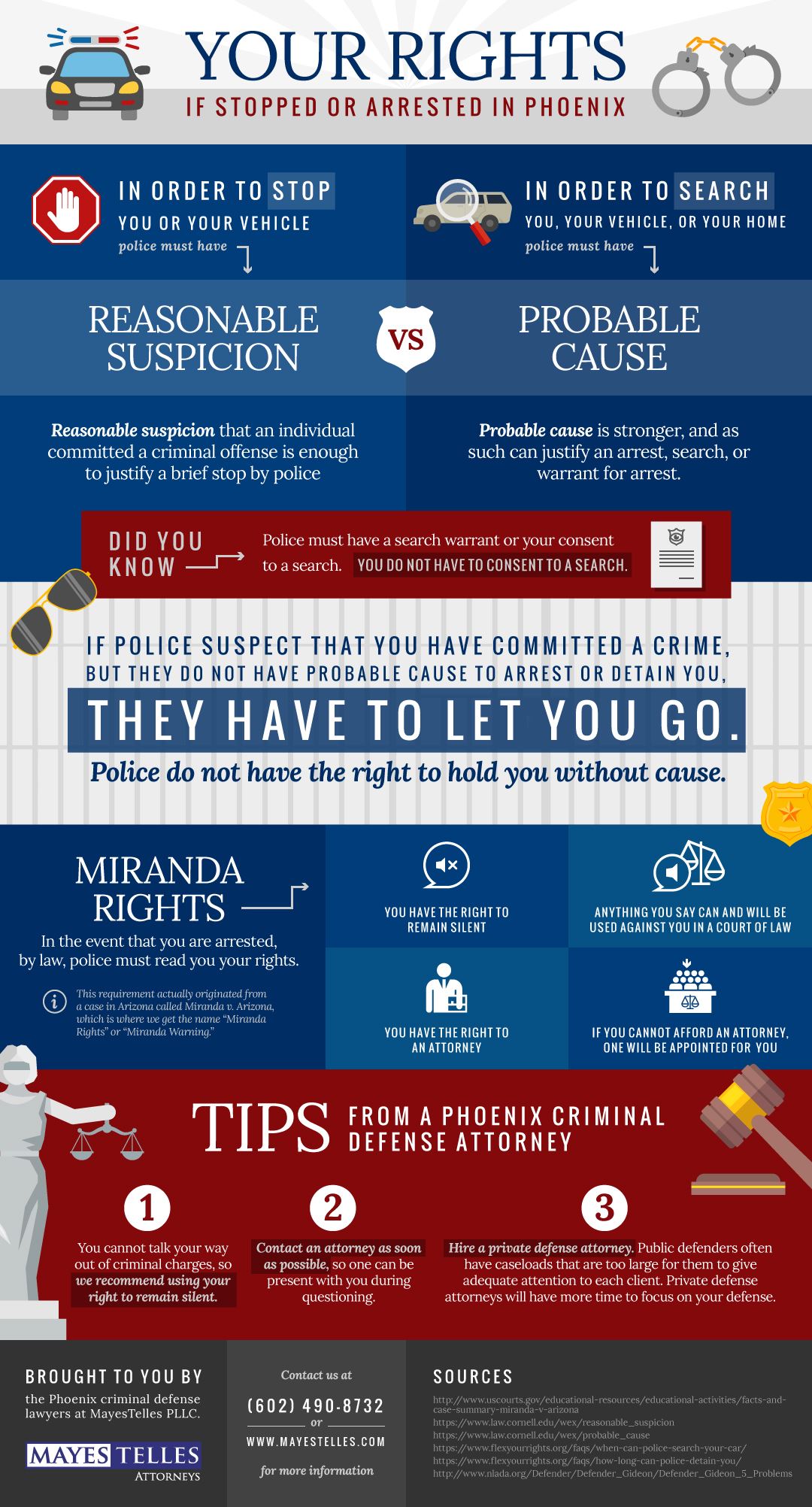A Review Of The Criminal Trial Refine: A Detailed Step-By-Step Guide
A Review Of The Criminal Trial Refine: A Detailed Step-By-Step Guide
Blog Article
Short Article Produced By-Winters Gill
When you step into a criminal trial, you could be stunned by the organized process that unfolds. Everything starts with court option, where prospective jurors are looked at for predispositions with a technique called "voir dire." Afterwards, both sides offer their opening statements, establishing the stage for the evidence and statements to adhere to. You'll see how the prosecution and protection develop their instances, yet what happens next can considerably impact the outcome. Comprehending these stages can disclose the complexities of justice, yet there's more to uncover concerning the critical moments that follow.
Jury Option Refine
When it comes to the court option process, you're diving into a crucial phase of a criminal test. This procedure, typically called "voir dire," involves questioning possible jurors to guarantee they're impartial and efficient in delivering a fair verdict.
You'll see both the prosecution and defense attorneys participating proactively, each aiming to choose jurors who straighten with their situation's story.
Throughout voir dire, you'll discover that attorneys ask concerns regarding jurors' histories, ideas, and experiences. Their goal is to recognize any type of pre-existing biases that might influence a juror's decision. As a juror, you may really feel a mix of anxiousness and curiosity, yet your honesty is vital.
After questioning, attorneys can challenge details jurors for reason if they think a juror can not remain objective. They can likewise make use of a restricted variety of peremptory challenges to reject jurors without specifying a reason.
Test Phases Explained
The phases of a criminal test play an essential duty in guaranteeing a fair and structured process.
You'll first come across the opening statements, where both the prosecution and defense outline their instances. This sets the stage for what's to come.
Next, the prosecution presents its evidence and witnesses, intending to prove the defendant's regret beyond a sensible question. You'll see straight evaluation adhered to by interrogation, allowing both sides to challenge today details.
After the prosecution rests its instance, it's the defense's turn. They'll present their proof and witnesses, commonly focusing on developing practical question. You'll observe that the defense does not need to verify virtue; they simply need to challenge the prosecution's case.
Once both sides have offered their disagreements, you'll hear shutting declarations, where each event summarizes their case. This is critical as it reinforces their settings before the jury deliberates.
Throughout these phases, the judge makes sure that the test abides by legal criteria which the civil liberties of both events are shielded.
Comprehending these phases will certainly assist you appreciate the intricacies involved in a criminal trial and the significance of each action in the pursuit of justice.
Judgment and Sentencing
After all evidence has actually been presented and arguments made, the court or judge supplies a verdict, identifying the accused's sense of guilt or innocence. If you're part of the court, you'll mull over with your other jurors, talking about the evidence and your impacts. This process can take some time, as you'll intend to make certain everybody agrees on the judgment based upon the facts.
Once a judgment is reached, it's announced in court. If the offender is condemned, the following phase is sentencing. This is when the judge makes a decision the proper punishment. You may notice that various elements influence the sentence, such as the severity of the criminal activity, the accused's previous document, and any mitigating situations.
The judge may enforce a series of sentences, from penalties and community service to imprisonment. Often, the defense or prosecution can offer arguments relating to sentencing, trying to guide the judge's choice.
If the offender is found not guilty, they're acquitted, and no punishment adheres to. Remember that a guilty verdict can commonly lead to appeals, where the offender may challenge the judgment or the sentence imposed.
Verdict
In a criminal test, you have actually seen just how important each step is, from court selection to the final judgment. You've adhered to the prosecution and defense as they construct their cases, aiming to encourage the jury. As soon as consideration finishes up, the verdict determines the end result, and if the offender is found guilty, the sentencing phase starts. Recognizing https://wacotrib.com/news/local/govt-and-politics/gloves-come-off-in-race-for-mclennan-county-district-attorney/article_54fe7f32-7a29-11ec-86c3-c365887d10f0.html appreciate the intricacies of the justice system and the value of each role in ensuring a reasonable trial.
